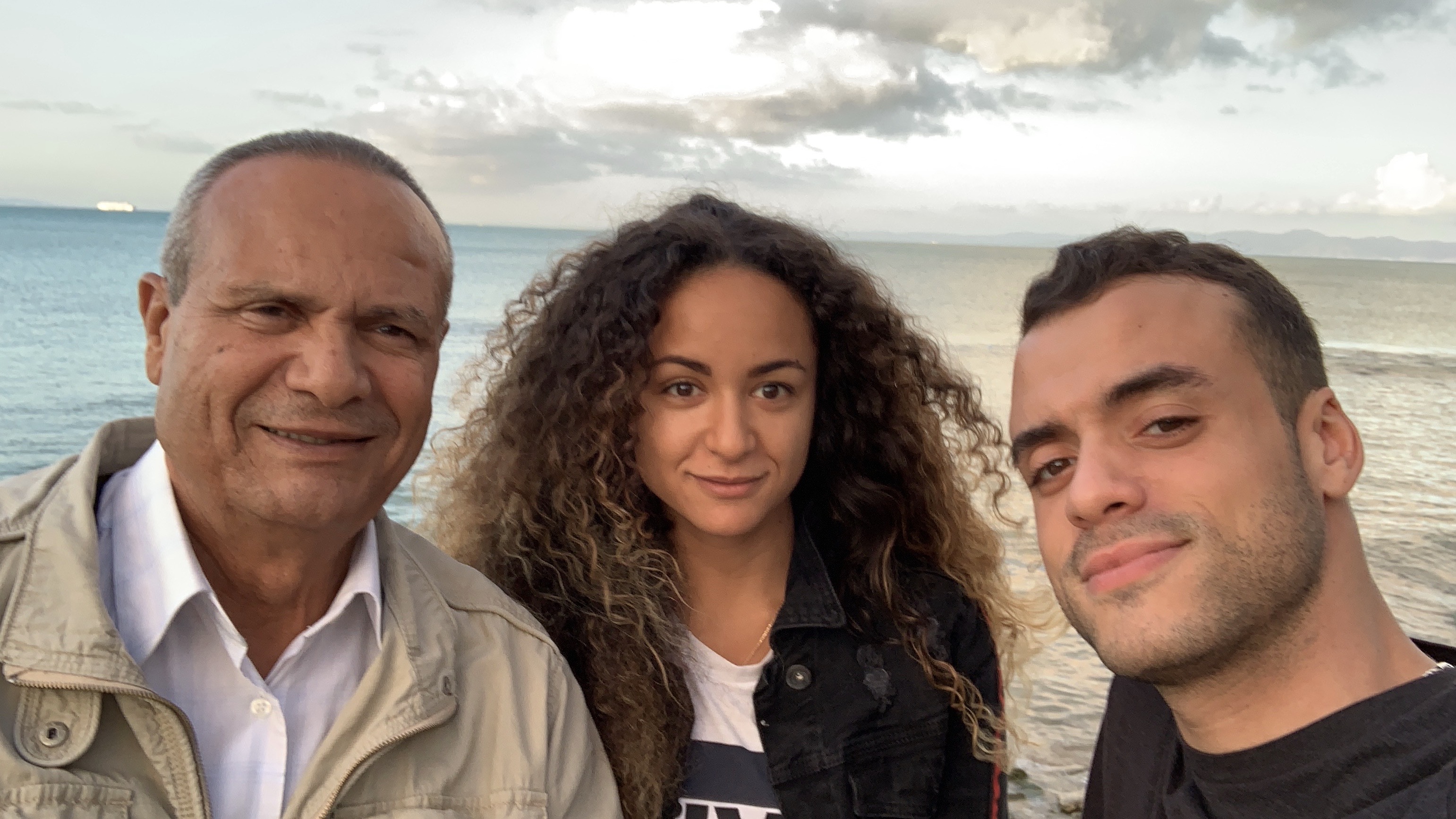
The Swiss metal detectorist who helped find a Roman military camp

At the end of August Swiss archaeologists discovered the remains of a 2,000-year-old Roman military camp at an altitude of 2,200 metres in eastern Switzerland. Romano Agola, a volunteer detectorist involved in the research, talks about his work and the “treasure hunter” phenomenon in Switzerland.
Romano AgolaExternal link’s eyes shine like those of a young child. He has just found a bronze Roman coin.
“It’s been two thousand years since anyone held it in their hands. Each discovery always arouses strong emotions in me,” he says. The 60-year-old looks a little like Indiana Jones in his wide-brimmed hat, but he doesn’t like being called a “treasure hunter”.
“It’s more than a passion; I would call it an illness,” he explains, smiling. “I have injured myself several times on my legs and arms, and I almost gouged out an eye while searching for metal objects hidden underground.”
The art of searching for buried treasure
With his metal detector, the self-taught archaeologist scans the ground of a forest in canton Bern. Based on the sound emitted by the detector, Agola is able to say whether the buried metal is iron, lead, an alloy or simply a sheet of aluminium.

“With today’s tools, it is much easier to locate and detect objects. Depending on the electromagnetic induction of the metal object and the depth at which it is located, the metal detector emits a different sound,” he explains walking briskly through the undergrowth.
Agola is familiar with the world of metal detecting. “I’ve been doing this for over 40 years and I know when it’s worth digging,” he says, stopping to listen more carefully. “There’s a cartridge case under here. This is a piece of iron, and this is aluminium foil.”
But skill and expertise aren’t enough – you also need a bit of luck. Over the past 15 years, Agola has been a regular visitor to the forest on the banks of the Aare River for the Archaeological Service of the Canton of Bern. Then two years ago he had a stroke of good fortune.
“I found a container containing 65 Celtic and Roman silver coins,”External link he explains. “It was a sensational find; a treasure that was the main attraction of a temporary exhibition at the Bern Historical Museum.”
99% of finds are waste
It was a discovery that paid off for the countless hours he had spent outdoors with his detector. “Archaeological finds are a small part of the finds,” Agola says. The year 1850, when the federal coins were introduced, serves as a reference for him to assess the archaeological value of the artifacts he finds.
On average, he unearths 20-30 objects an hour, 99% of which are waste such as aluminium foil, sheet metal, wire, cans, pins, nails, screws and cartridge cases. “When I was younger, I found almost nothing but waste,” he explains. “I was 14 years old and was picking potatoes in a field. In the earth that had been turned over by the plough, I saw something that was shining: it was an old Austrian coin. It was like a revelation. I realised that treasures could be hidden anywhere. They just had to be found.” And so, with his first apprentice salary, he bought his first metal detector for 300 Deutschmarks in Germany.

More
Swiss Roman battle site reveals hidden secrets of historic clash
“I started walking in the woods with the metal detector, where to my great joy I found modern coins of 20, 50 cents or one franc,” says Agola, who had to wait six years before tracking down something truly valuable from an archaeological point of view: a Roman coin.
“Proud of the find, I went to the Archaeological Service in Bern, but they didn’t appreciate it at all,” he says now, smiling at his youthful naivety. “What I was doing was illegal and for this reason they forbade me from continuing, warning me that they would confiscate my equipment if I persisted.”
Valuable resource for Swiss archaeological community
Romano Agola continued his searches in other cantons. Luckily. And thanks to his persistence cantonal archaeological services changed their minds about using a metal detector for land prospecting. Over time, Agola has made a name for himself among the professionals. Canton Fribourg was the first to trust him, allowing him to search Mont VullyExternal link, between the lakes of Neuchâtel and Morat. “During my research I identified a die for the production of Celtic coins,” says Agola, underlining that this discovery opened the eyes of the Swiss archaeological community, which since then has no longer seen it as a threat to historical reconstruction, but as an ally.
In 1997, Romano Agola met Stefan Hochuli, a cantonal archaeologist from Zug, who entrusted him with the prospecting of the BaarburgExternal link, a plateau on the top of a hill northeast of Baar. “In the first year I found numerous finds from various periods, while the experts from the University of Bern, without metal detectors, had only found a single object from the Iron Age in two years,” explains Agola. Over the years, the collaboration between Hochuli and the self-taught archaeologist has consolidated; Agola’s research has since extended to the entire territory of canton Zug.

This led to the discovery of sites previously overlooked by experts. Historical periods that have typically resulted in few finds, such as the Iron Age, were suddenly well documented.
Overcoming archaeologists’ scepticism
Agola is now considered an authority in the field of prospecting also thanks to his collaboration with various bodies and institutions, such as forensic police, universities and various cantonal archaeological services. He is no longer the only one to collaborate with experts in the sector.
In Switzerland, there are several hundred legal metal detectorists, while it is estimated that there are several thousand illegal ones. Their activity is prohibited by law and represents a problem for Switzerland’s archaeological heritage. These “treasure hunters” without a cantonal licence damage sites, removing artifacts without adequately documenting the find, which means losing important information. They also steal artifacts that belong to the state.

More
A sensational Swiss discovery thanks to volunteers: archaeology for all
Anyone who has a cantonal licence must overcome the initial scepticism of the scientific community and gain their trust. Archaeologists fear that treasure hunters will take the best pieces or provide inaccurate information about the object’s provenance. “For me, the greatest value is the recognition of the archaeological community, the publication of my find in a book or its display in a museum,” says Agola. “I certainly wouldn’t put my reputation at risk by selling an ancient coin online.”
Today’s find ends up in a numbered plastic bag. After almost four hours of searching, the haul is modest. In addition to the Roman bronze coin, he found another from the Celtic era, a ring with a blue gem, perhaps from the modern era, some lead musket pellets and a piece of wrought iron. “Was it a good day?” Romano Agola ponders. “It is every time I am lucky enough to hold something in my hands that is ancient and can be dated.”
The technical development of metal detectors has contributed significantly to the success of metal detecting. The latest generation of detectors are much more precise and emit different sounds based on the conductivity of the metal, allowing the researcher to recognise whether the buried object is composed of iron, aluminium, alloys or precious metals.
For over ten years, Romano Agola has been using a “pin pointer”, a type of pen that allows him to locate artifacts with much greater precision, thus avoiding damaging objects while he removes them from the earth.
The success of the research activity depends largely on preparation, for example through the study of historical maps, aerial photographs and LiDAR maps. These present digital 3D models of territory without vegetation, revealing details that would otherwise be impossible to discover on site.
Towards the end of the first century BC, a battle between Roman troops and local fighters took place before the Crap Ses gorge, between Cunter and Tiefencastel in the Val Sursette in canton Graubünden. As part of the research project “CVMBAT” (Romansh term for battle), Romano Agola participated in the research with the Swiss Prospecting Working GroupExternal link.
According to their research, a Roman military unit set off south of Chiavenna, in the northern Italian region of Lombardy, passing through the Settimo Pass into Switzerland to the region of the Crap Ses gorge. “During the prospecting activity I asked myself whether there were traces of the Roman advance in the area,” says Agola. “So I consulted the terrain models of the LiDAR maps in search of anomalous structures. And that’s how I discovered the Roman camp, fortified by three ditches and a rampart.” It is an extraordinary discovery because it allows us to precisely trace the advance of the Roman troops in the Alps over 2,000 years ago.
Adapted from Italian by DeepL/sb
More

In compliance with the JTI standards
More: SWI swissinfo.ch certified by the Journalism Trust Initiative





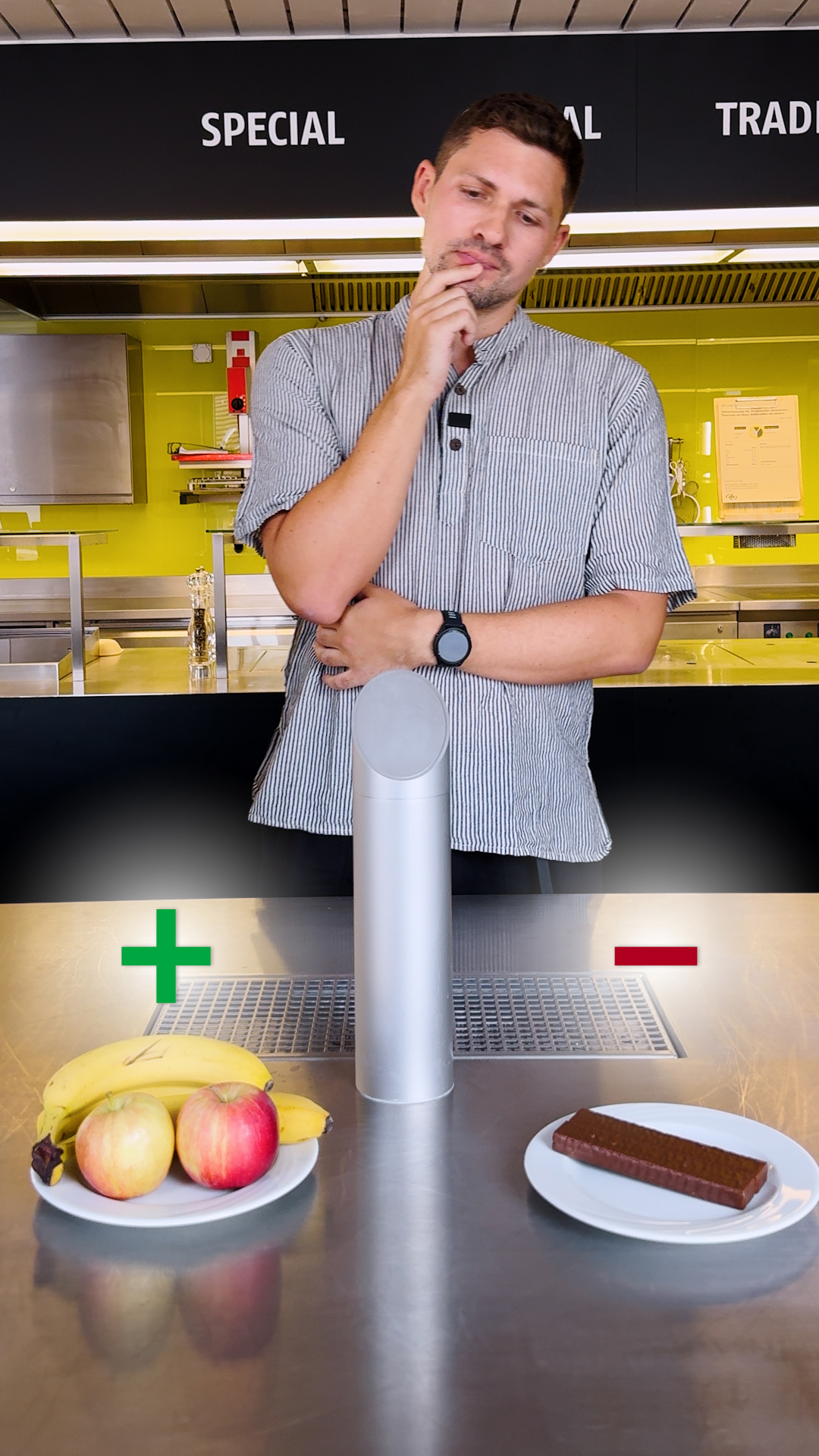
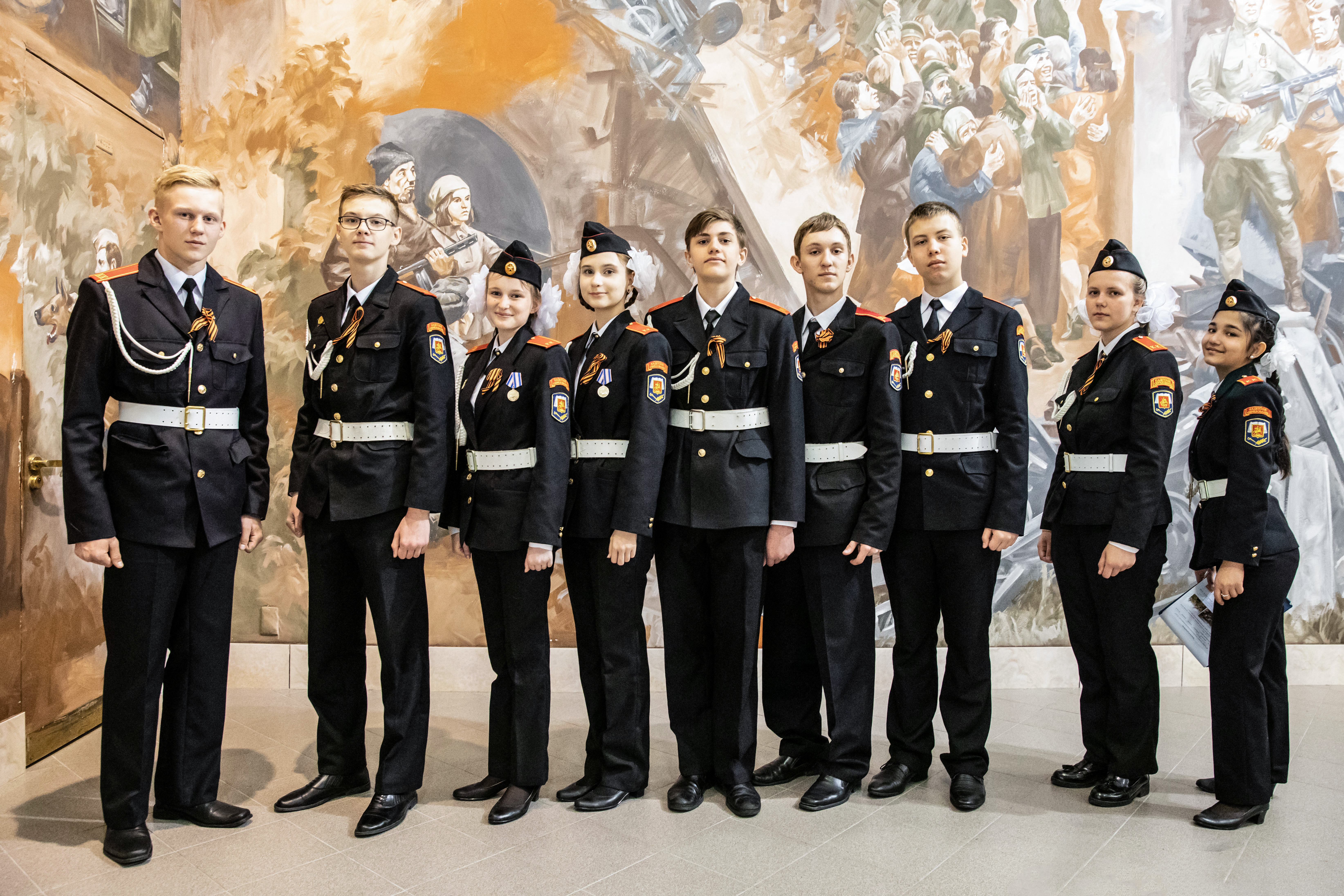


















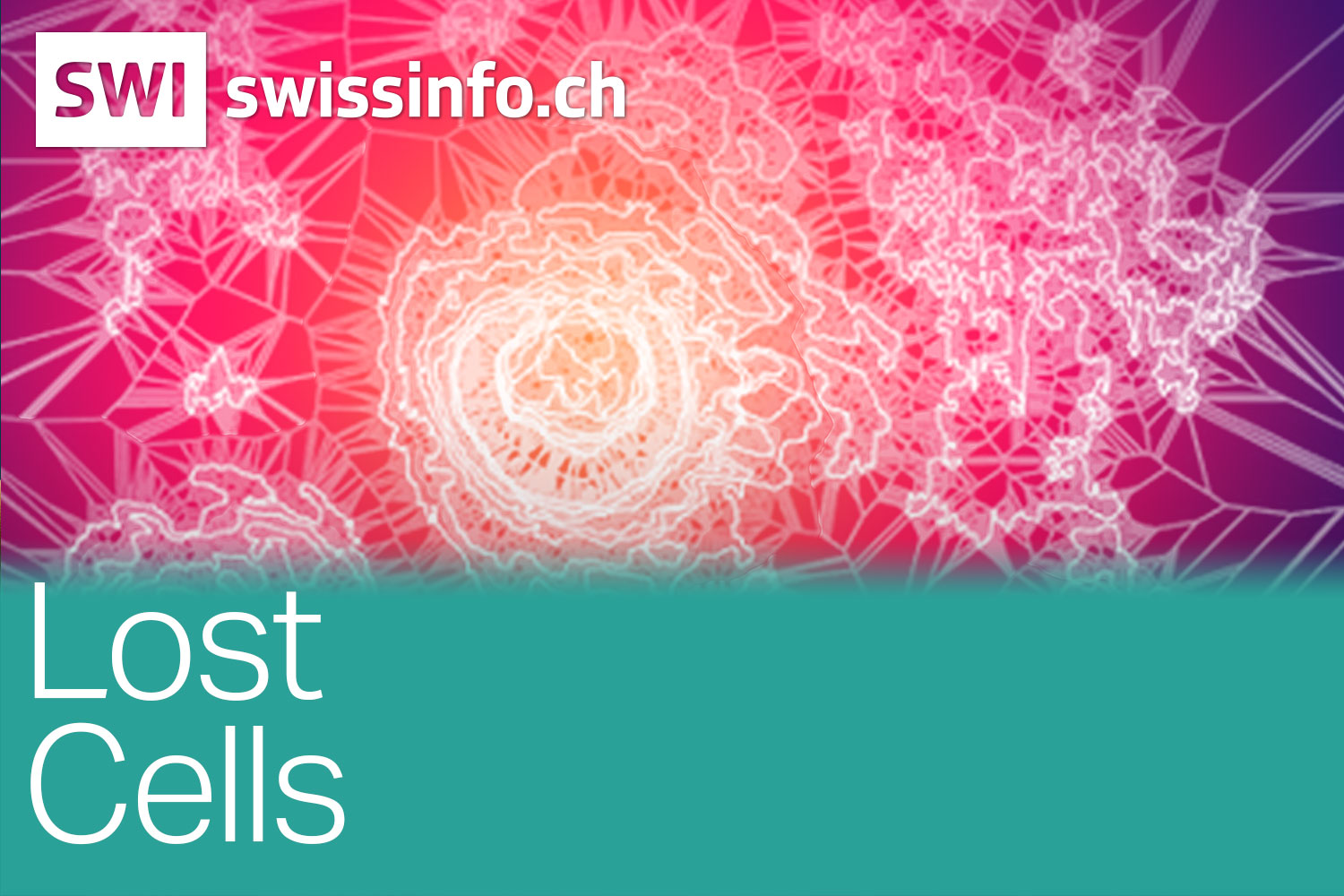





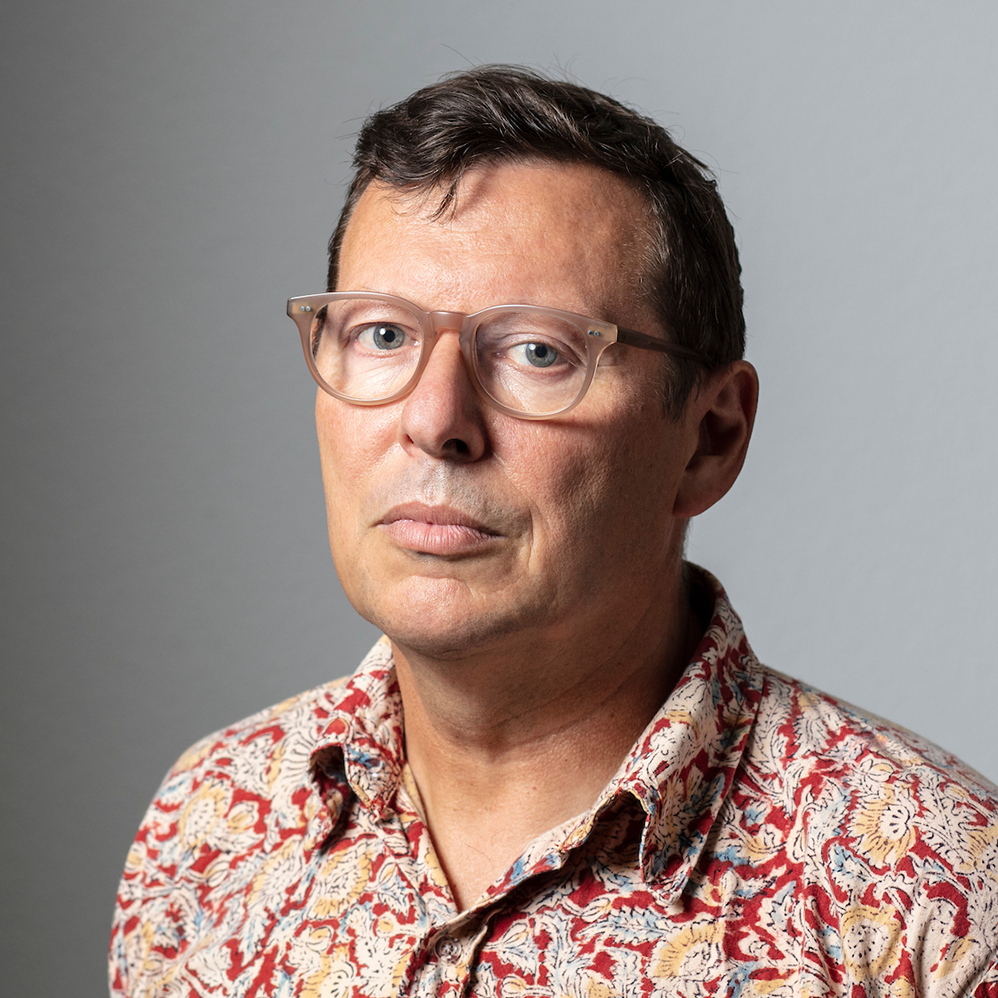













You can find an overview of ongoing debates with our journalists here . Please join us!
If you want to start a conversation about a topic raised in this article or want to report factual errors, email us at english@swissinfo.ch.